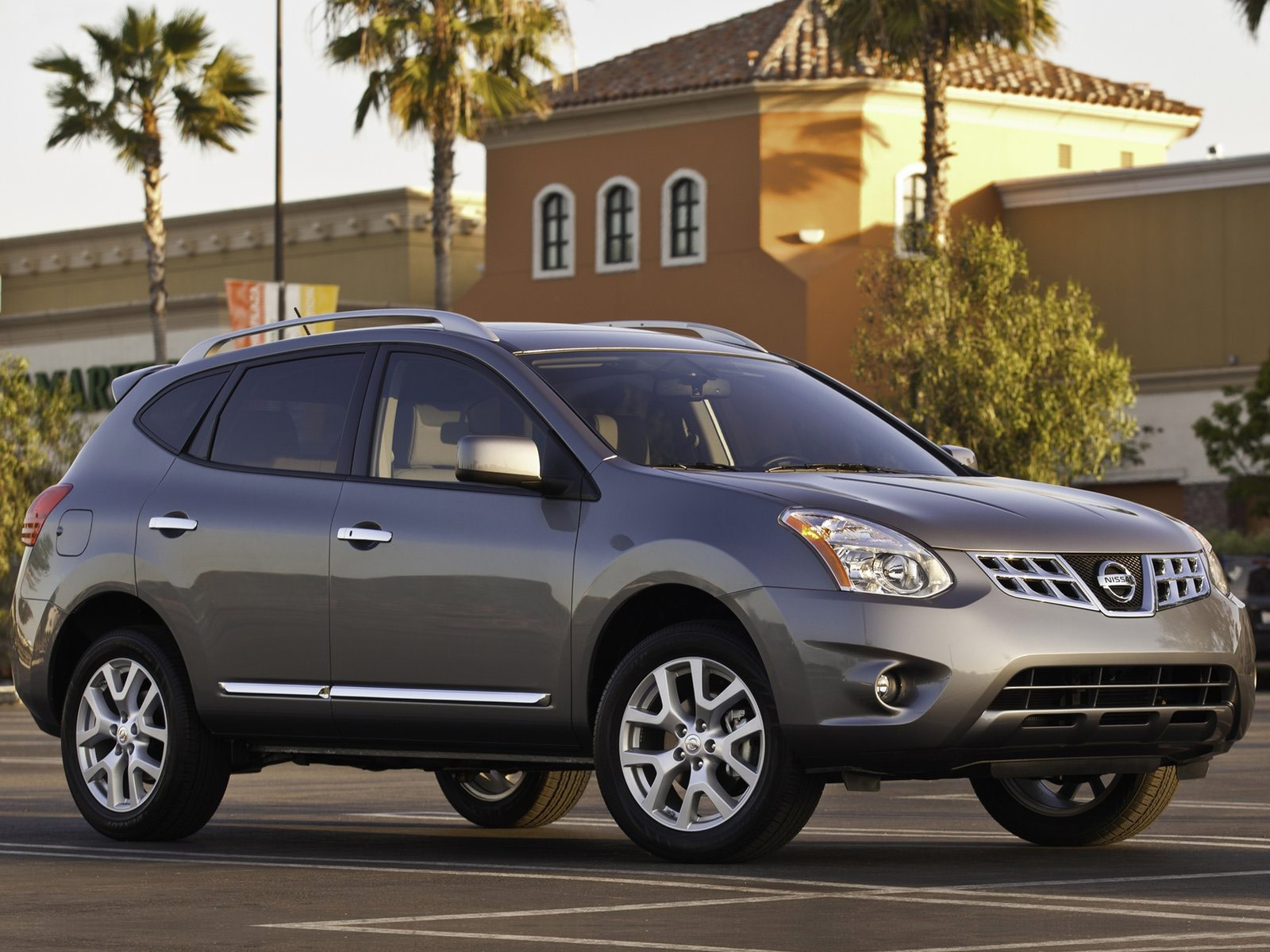Sep 17, 2020 Just for sure. Do you have ST-link driver installed? In the windows device manager must be visible “ST-Link Debug” under “USB devices”. The 2MB disc drive are visible without the ST-link driver but for full features you need that driver. So if you have not the driver already installed, do it and try it again. Download the Arm Mbed Windows serial port driver (Windows 7 only). Plug in your Arm Mbed device over USB. It mounts as an Mbed drive. Close all Explorer windows showing the Mbed drive.

Warning: This page is for Windows 7 only. Do not install the serial driver on Windows 8 or newer; serial ports work out of the box with these versions.
You can connect your board to your computer over USB. This works out of the box on Linux and macOS. If you are using Windows, you may need to install a serial port driver:
- Download the Arm Mbed Windows serial port driver (Windows 7 only).
- Plug in your Arm Mbed device over USB. It mounts as an Mbed drive.
- Close all Explorer windows showing the Mbed drive.
- Run the installer. This may take some time or display a few 'unsigned driver' warnings.
Troubleshooting
If you have multiple Mbed devices but the serial port only appears for one of them: Make sure you run the installer for every device (plug in the device over USB and run the installer again); Windows loads the driver based on the serial number, so it needs to be run for each device individually.
If the installer fails because No mbed Microcontrollers were found: Check your device is plugged in properly over USB.
If the installer reports the message mbedWinSerial_nnnnn.exe is not a valid Win32 application: If you downloaded the installer using Internet Explorer, please try a different browser (Firefox, Chrome).
If the installer appears to hang: Check if Windows is displaying an 'unsigned driver/permission' window; these often get hidden behind other windows with nothing to indicate so in the taskbar. The installer will continue to run as soon as you click OK.
Block devices are the basic building block of storage solutions in Mbed OS.
File systems are backed by blockdevice implementations. The BlockDevice API performs the low-level interactions with the hardware storage. To add your own block device implementation, we recommend you inherit from the BlockDevice class. For details on how to extend the BlockDevice interface, please refer to the and implementing BlockDevice section below.
Assumptions
Defined behavior
- Erase leaves memory as undefined. It does not set memory to a predetermined value.
Undefined behavior
- Programming without erase is undefined behavior.
Notes
Erase, program and read block sizes may not be the same; however, they must be multiples of one another.
Implementing BlockDevice
You can find the BlockDevice class on the master branch under the features/storage/blockdevice path in Mbed OS.
| Public Member Functions | |
| virtual | ~BlockDevice () |
| Lifetime of a block device. More... | |
| virtual int | init ()=0 |
| Initialize a block device. More... | |
| virtual int | deinit ()=0 |
| Deinitialize a block device. More... | |
| virtual int | sync () |
| Ensure data on storage is in sync with the driver. More... | |
| virtual int | read (void *buffer, bd_addr_t addr, bd_size_t size)=0 |
| Read blocks from a block device. More... | |
| virtual int | program (const void *buffer, bd_addr_t addr, bd_size_t size)=0 |
| Program blocks to a block device. More... | |
| virtual int | erase (bd_addr_t addr, bd_size_t size) |
| Erase blocks on a block device. More... | |
| virtual int | trim (bd_addr_t addr, bd_size_t size) |
| Mark blocks as no longer in use. More... | |
| virtual bd_size_t | get_read_size () const =0 |
| Get the size of a readable block. More... | |
| virtual bd_size_t | get_program_size () const =0 |
| Get the size of a programmable block. More... | |
| virtual bd_size_t | get_erase_size () const |
| Get the size of an erasable block. More... | |
| virtual bd_size_t | get_erase_size (bd_addr_t addr) const |
| Get the size of an erasable block given address. More... | |
| virtual int | get_erase_value () const |
| Get the value of storage when erased. More... | |
| virtual bd_size_t | size () const =0 |
| Get the total size of the underlying device. More... | |
| virtual bool | is_valid_read (bd_addr_t addr, bd_size_t size) const |
| Convenience function for checking block read validity. More... | |
| virtual bool | is_valid_program (bd_addr_t addr, bd_size_t size) const |
| Convenience function for checking block program validity. More... | |
| virtual bool | is_valid_erase (bd_addr_t addr, bd_size_t size) const |
| Convenience function for checking block erase validity. More... | |
| virtual const char * | get_type () const =0 |
| Get the BlockDevice class type. More... | |
| Static Public Member Functions | |
| static BlockDevice * | get_default_instance () |
| Return the default block device. More... | |
The primary functions to implement are:
int read(void *buffer, bd_addr_t addr, bd_size_t size);int program(void *buffer, bd_addr_t addr, bd_size_t size);int erase(bd_addr_t addr, bd_size_t size);
Testing
Mbed Port Devices Driver Download 64-bit
You can run BlockDevice tests for heap, MBR and util block devices with the following command:

You can run BlockDevice tests without the file system with the following command:
Mbed Port Devices Driver Download Win 7
One way to add tests for new block devices is to copy an existing implementation, such as HeapBlockDevice, and change the block device class to your own. You can find tests under the top level TESTS folder in the Mbed OS repository.
